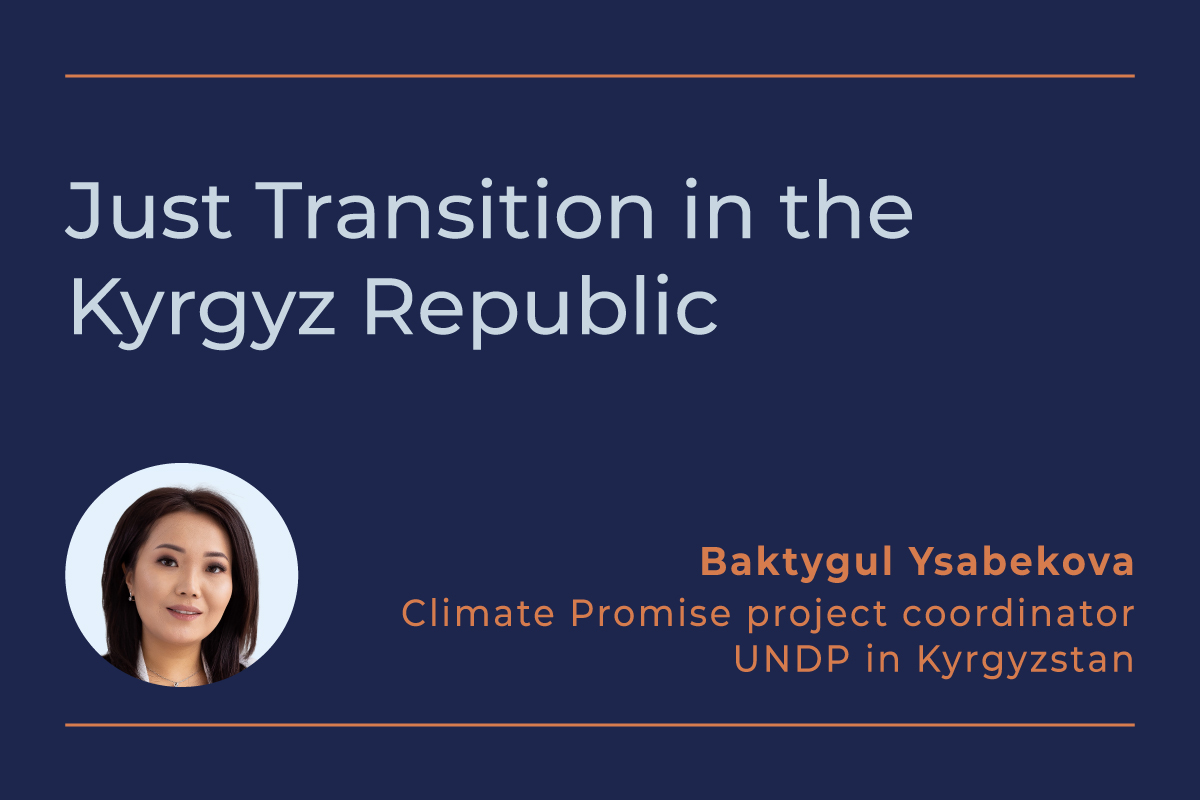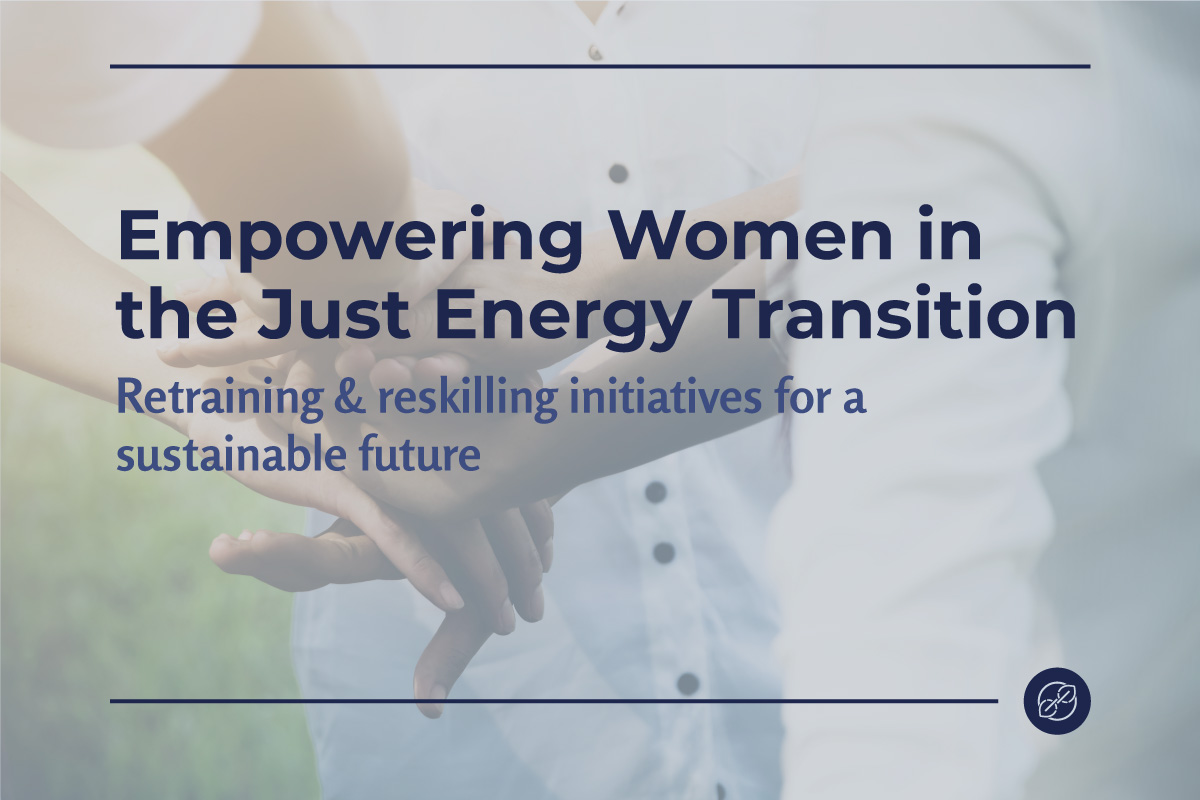As countries continue to consider and implement explicit carbon pricing instruments (CPIs), mainly carbon taxes and Emissions Trading Schemes (ETS), and progress in the implementation of implicit carbon pricing through subsidies reforms, they must consider the effects these actions may have on their populations. Despite their positive outcomes in an environmental and health context, CPIs may lead to a transformation that can negatively impact people’s livelihoods across the socio-economic landscape, especially low-income households and other vulnerable groups. At the same time, such impacts can give rise to a negative perception of climate action more generally, which can decrease public buy-in. A just transition must therefore be imbued into the implementation of carbon pricing instruments and the implementation of climate actions, to ensure that relevant stakeholders benefit equitably and public satisfaction is high.
Carbon pricing instruments (CPIs), as a climate action that more and more countries have begun to adopt, aim to promote greener industries, business models and more sustainable behavior by individuals. The right carbon price incentivizes investing in renewable energy and new, greener technologies, creating opportunities for job creation and entrepreneurship. At the same time, it incentivizes the demand for more efficient products (vehicles, housing, etc.) and behavioral changes (public transport vs. private cars). However, if not properly designed, CPIs risk negatively impacting communities worldwide. Because fossil fuels still largely permeate the processes that deliver goods and services to the world, CPIs can potentially disrupt the socioeconomic landscape if they are not implemented with care.

The negative impacts of CPIs can be observed at various levels of the socio-economic landscape. In recent memory, there have been international examples of protests caused by climate actions that did not take into account just transition principles. Recognizing the potential negative impacts of CPIs on all households, as well as on historically disadvantaged communities, can help countries identify the necessary actions to ensure a just transition.
Exploring the effects of Carbon Pricing Instruments
A price increase in carbon-intensive goods and services is to be expected for all consumers no matter where in the supply chain carbon pricing is introduced. For example, the rise in the pricing of electricity, a common carbon-intensive service, can decrease the amount of disposable income an individual may have, potentially impacting their quality of life. However, not all consumers will be affected the same. Higher prices will impact low-income households much more than high-income households, leading to distributional impacts and potentially exacerbating class differences. The ability of high-income households to maintain their current lifestyles and acquire their basic needs will most likely not be compromised, as the higher prices introduced by CPIs will likely amount to only a small fraction of their incomes. On the other hand, an increase in the prices of carbon-intensive goods and services may make up a larger percentage of low-income household expenditures.
CPIs can also bring challenges to individuals by potentially placing jobs at risk as companies search for ways to adapt to higher pricing. Severe carbon pricing may put too much of a strain on companies and impact their competitiveness. Companies unable to adapt may resort to layoffs, placing the livelihoods of individuals at risk. Similarly, some companies, especially coal-fired power plants amid the global push for renewable energy, may find their shutdown accelerated by carbon pricing, again placing livelihoods at risk. Companies may also choose to relocate to a jurisdiction outside that of the CPI scope, potentially taking jobs away from local communities.
To address these negative impacts, the effects of CPI elements on households and specific communities must be analyzed and modeled to determine the most appropriate design that balances climate ambition and socioeconomic stability. This includes analyzing the best use of revenues towards initiatives and policies that aim to counteract the potential distributional impacts and other socio-economic negative impacts of carbon pricing. For example, revenues can be used to assist low-income households with electricity bills and to fund retraining and reskilling programs. In California, funds are redirected from the ETS market into reducing costs for end consumers and lower income households’ energy costs.
Implementing the Just Transition into Carbon Pricing Instruments
Understanding the potential socio-economic impacts of CPIs in countries is crucial for their successful implementation and their effective functioning over time. Countries must be prepared to conduct analyses that delve into the vulnerable sectors of the country’s socio-economic landscape including the regulated industries and households that the effects of the CPI will reach. Just Transition principles show that the specific context of the country must be considered, including the unique circumstances surrounding the regulated industries and the dependence and interconnectedness they have with them.
In other instances of successful Just Transition implementation into CPIs, countries have assessed the distributional impacts of CPI on households, through different income levels and geographical circumstances. Furthermore, countries must analyze and be aware of other potential impacts on communities, like informal workers, women, migrants, and other disadvantaged groups, and take these considerations into account when designing policies that mitigate the negative impacts of CPIs – all the while including adequate stakeholder consultations and public participation.
Beyond initial just transition impacts, countries must also develop quantitative models of the socio-economic impacts that may be felt in CPI implementation, accounting for baseline values of a country and then applying the predicted CPI changes. The resultant analyses will then be applied and considered when designing CPIs.
Historically, CPIs that have been implemented have retrospectively made changes to their functioning to mitigate adverse effects that were felt. In keeping with the spirit of a just transition, countries must now ensure that CPI design proactively integrates robust social policies that will take into account the analyses that should be carried out. Ensuring protection of disadvantaged groups and impacts to the general population is key to the sustainability and success of CPIs.
A key element in this process is the involvement of relevant stakeholders at all levels of society from the very beginning of the inception of the CPIs. In doing so, countries shall ensure stakeholders are identified, the proper method of participation is developed and proper consideration is given to feedback received (as part of so-called participatory justice). Beyond stakeholder participation, strengthening public opinion of CPIs and garnering sufficient public buy-in are also key. The temporary nature of the negative impacts should be emphasized, referring to how the CPIs intend to encourage the regulated sectors to seek cheaper low-carbon alternatives that shall drive prices back down. Additionally, societal awareness on the long-term benefits of this transition to low-carbon economies are to be highlighted, including health benefits, development of more livable cities, etc. Governments should embark on public dissemination campaigns and produce materials and workshops that foster transparency and visibility, as public trust in government actions is key to the success of proposed CPIs, whose inherent nature of raising prices tend to incite widespread disapproval that can lead to public unrest and, eventually, the delay of climate mitigation actions.
Neyen supports governments, organizations, and development institutions in developing policies, frameworks, and implementation plans towards international transfer of mitigation outcomes, project development, and capacity building. We invite these stakeholders to get in touch with us to discuss how to best achieve goals and objectives related to the Paris Agreement, carbon markets, and other climate change efforts and policies.




